J-Habs
Chirping
- Aug 28, 2023
- 106
- 91
- 79
I hatched some chicks exactly 1 week ago today from a barred olive egger hen and my F4 Olive egger rooster (not barred) I am definitely not an expert in sexing barred chicks so I'm looking for some help. I've read both males and females might have a spot on their hearts, but they might look different. There are 3 chicks in question. Each chick has 3 pics each ( top of head, spread wings, and side view) please help me find out what I have. Two of them seem to have different wings that the other.

Attachments
-
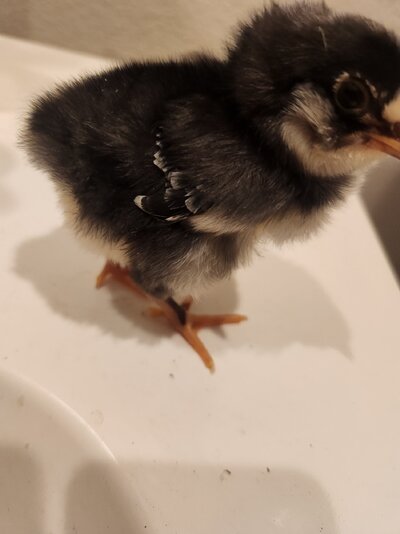 20240314_150514.jpg221.4 KB · Views: 19
20240314_150514.jpg221.4 KB · Views: 19 -
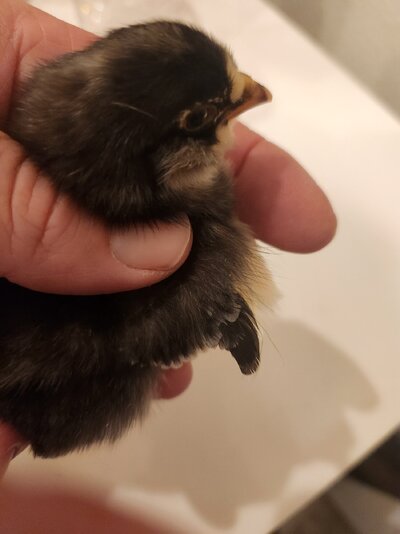 20240314_150509.jpg262.7 KB · Views: 19
20240314_150509.jpg262.7 KB · Views: 19 -
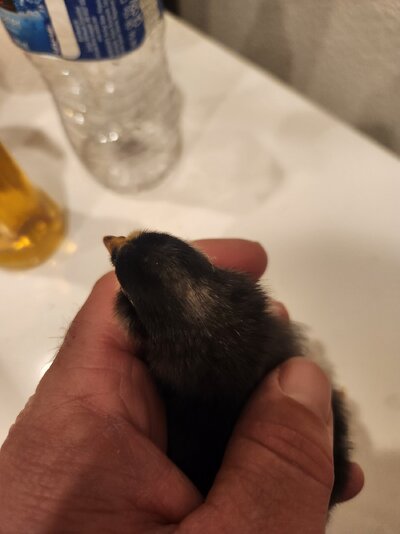 20240314_150502.jpg241.6 KB · Views: 19
20240314_150502.jpg241.6 KB · Views: 19 -
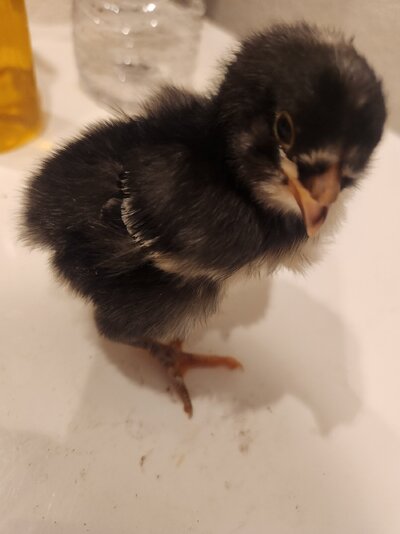 20240314_150443.jpg229.4 KB · Views: 19
20240314_150443.jpg229.4 KB · Views: 19 -
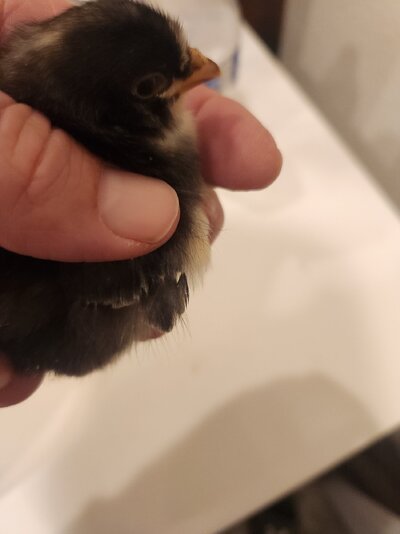 20240314_150438.jpg218.8 KB · Views: 19
20240314_150438.jpg218.8 KB · Views: 19 -
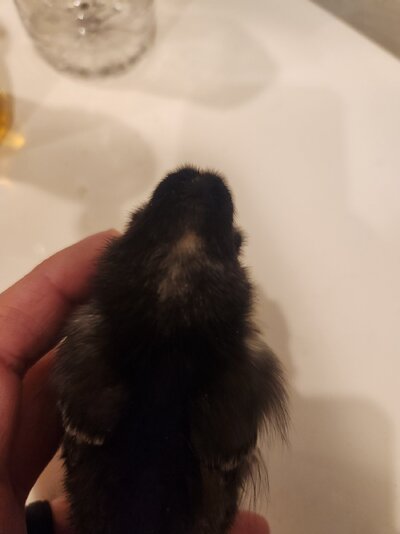 20240314_150426.jpg151.8 KB · Views: 18
20240314_150426.jpg151.8 KB · Views: 18 -
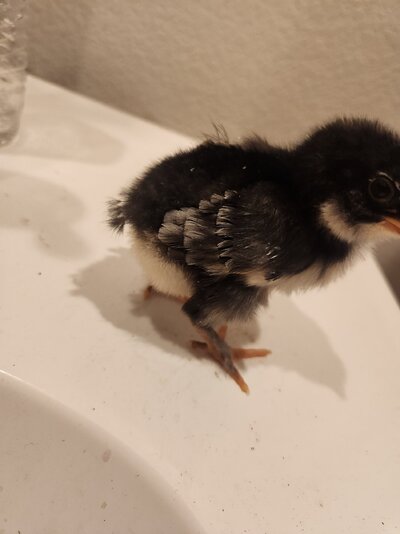 20240314_150351.jpg218.9 KB · Views: 20
20240314_150351.jpg218.9 KB · Views: 20 -
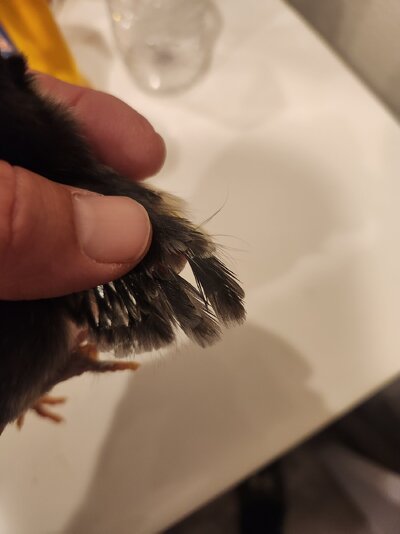 20240314_150342.jpg194.6 KB · Views: 20
20240314_150342.jpg194.6 KB · Views: 20




 I agree with everything NatJ said!
I agree with everything NatJ said!